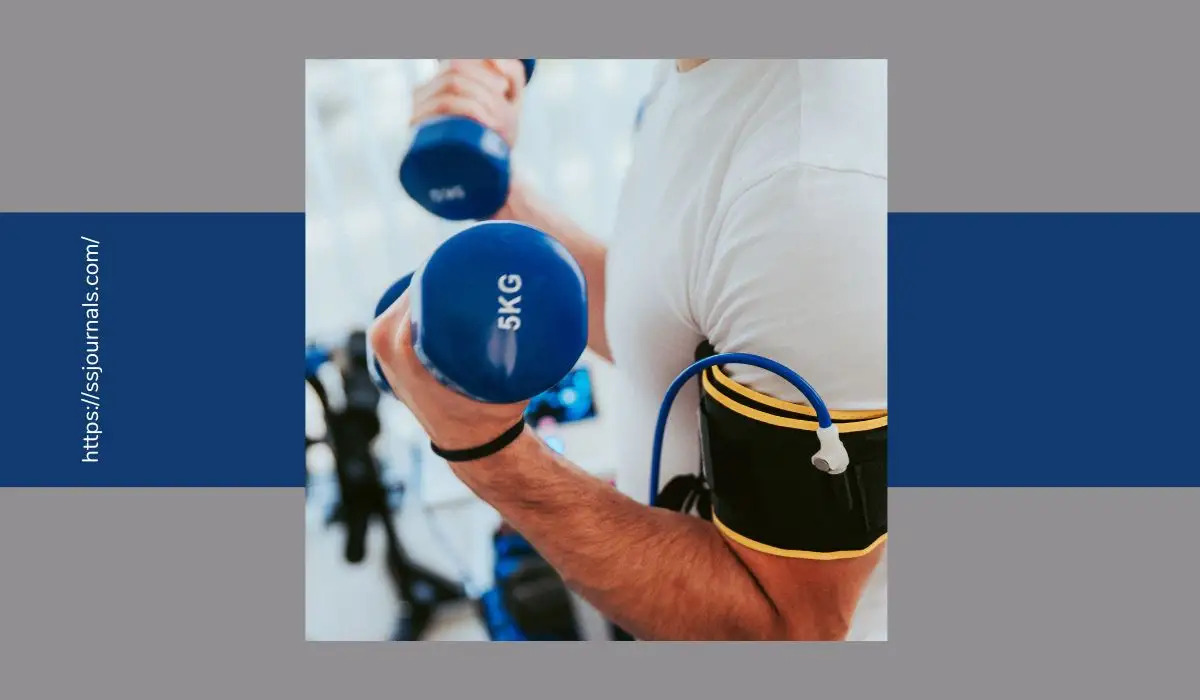Intense exercise leads to muscle fatigue, damage, and soreness that can persist for 24-48 hours. Optimizing post-workout blood flow is key for clearing metabolic waste, delivering nutrients, and initiating repair processes so you can recover faster and maximize gains.
Understanding how circulation and muscle recovery are connected can help you enhance performance. In this article, we’ll explore the relationship between blood flow and muscle regeneration.
How Exercise Impacts Circulation
Exercise, especially strength training and high intensity intervals, causes temporary constriction of blood vessels to the gut and skin in order to deliver oxygen and energy to working muscles.
This leads to:
- Increased heart output and breathing rate to circulate oxygenated blood
- Shear stress on blood vessel walls from increased pressure
- Microtears to muscle tissue fibers
During exercise, increased blood flow is essential. But afterward, generalized dilation and restored circulation is key.
The Role of Blood Flow In Muscle Recovery
After training sessions, increasing blood flow to muscles serves several restorative functions:
Clears Exercise-Induced Metabolites
Lactate, ammonia, and CK enzyme buildup causes soreness and damage. Active recovery improves circulation to clear these faster.
Delivers Oxygen and Nutrients
Better perfusion reintroduces oxygen, glucose, amino acids, and other nutrients muscles need to regenerate.
Removes Inflammatory Cells
Improved flow clears damaged tissue debris and inflammatory cells like cytokines and neutrophils involved in delayed onset muscle soreness (DOMS).
Stimulates Regeneration
Nutrient delivery and waste removal optimize the regeneration timeline so muscles repair and reinforce.
Enhancing post-workout blood flow reduces next-day soreness while accelerating repair to build strength and endurance.
Strategies to Improve Post-Exercise Circulation
Here are some of the top ways to boost blood flow after training:
Easy Cardio
Low-intensity cardio like walking, biking, or swimming keeps oxygenated blood moving through muscles. Shoot for 10-15 minutes.
Hydration
Drinking water and electrolyte beverages keeps blood volume higher for better perfusion.
Contrast Baths
Alternating cold and hot water exposure causes vascular constriction and dilation to flush lactic acid and improve flow.
Massage
Kneading and compression manually pushes oxygenated blood through muscles to support recovery.
Compression
Graduated compression garments like socks or sleeves encourage optimal circulation in lower and upper extremities.
Targeted Supplements
Curcumin, L-citrulline, cayenne, and pine bark extract taken after workouts improve circulation.
Warning Signs Of Poor Circulation
Monitor for these red flags that can inhibit muscle bounce-back:
- Prolonged muscle soreness
- Chronic fatigue after workouts
- Slow strength or endurance gains
- Tingling or numbness in extremities
- Discoloration or coldness in limbs
Addressing underlying circulatory issues with your doctor can improve exercise recovery.
Conclusion
Muscle recovery relies heavily on restored blood flow to provide oxygen and nutrients while clearing inflammatory debris and waste products. Poor circulation after exercise contributes to extended soreness and limited performance gains.
Strategies like active recovery cardio, contrast baths, massage, compression, and circulation-boosting supplements optimize post-workout blood flow to muscles. This reduces DOMS and speeds the regeneration timeline so you can recover faster.
Pay attention to warning signs like chronic fatigue, soreness, and slow gains, and seek medical guidance to improve underlying circulation issues. Optimizing the body’s post-exercise circulatory response lets you workout consistently and maximize results.
FAQs
Blood flow is usually restored within 1-2 hours after lighter training. But intense sessions may take 6-8 hours for circulation to regain homestatic state due to inflammation.
Cold therapy constricts vessels right after exercise to limit inflammation, while heat later dilates vessels to deliver oxygen and nutrients. Alternating both maximizes benefits.
Yes, wearing graduated compression socks and sleeves during exercise can enhance performance by improving blood flow and oxygen delivery to working muscles.
NSAIDs like ibuprofen reduce inflammation but may impede muscle regeneration. Always consult a doctor before taking medication for exercise recovery.
Yes, alcohol is a vasodilator but also causes dehydration and disordered sleep, negatively affecting recovery. Avoid drinking after intense training sessions.

